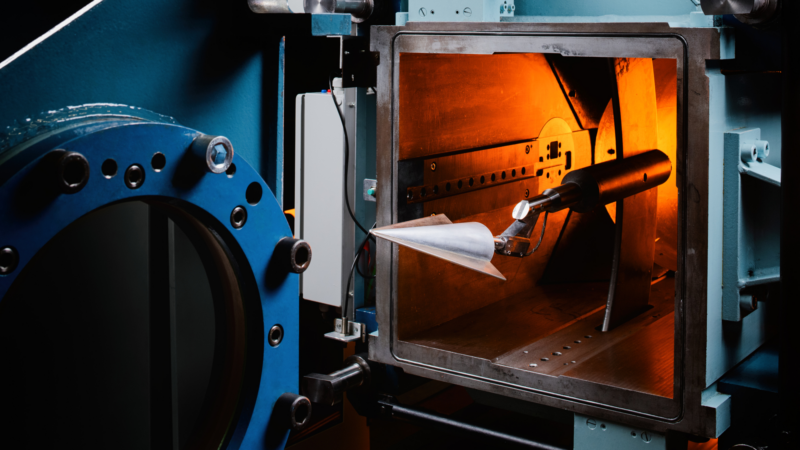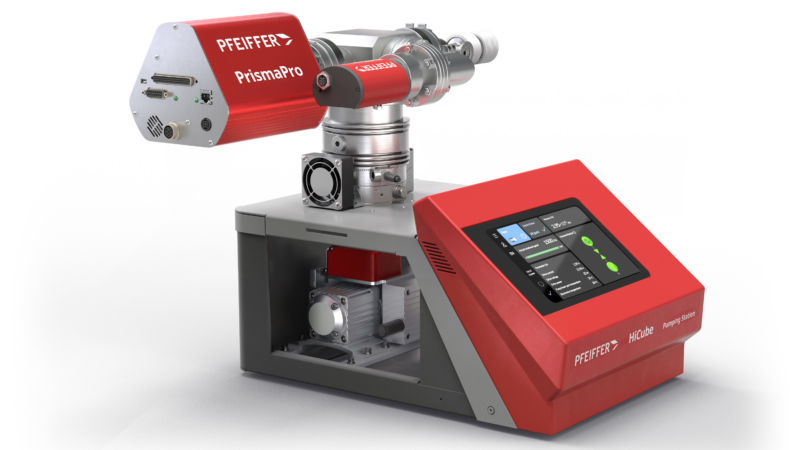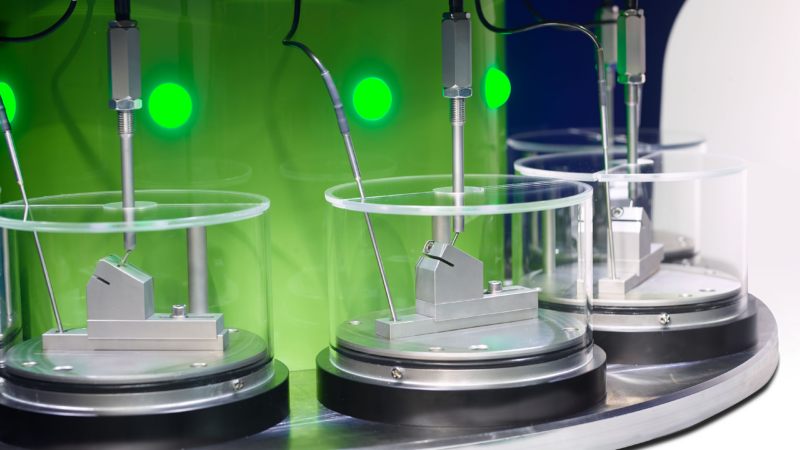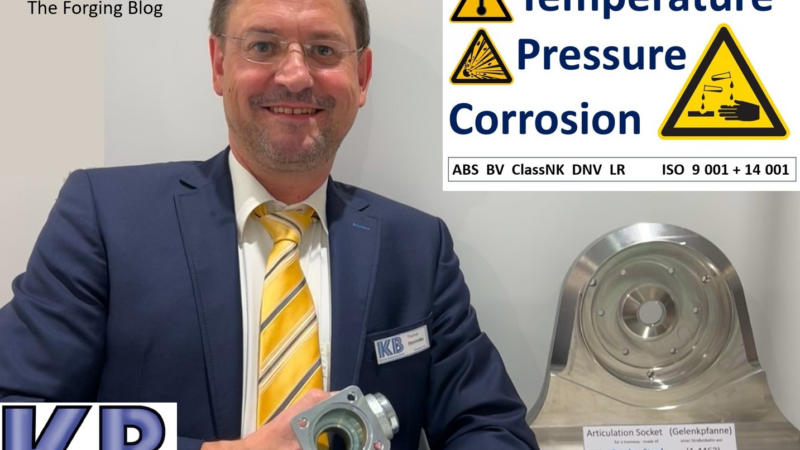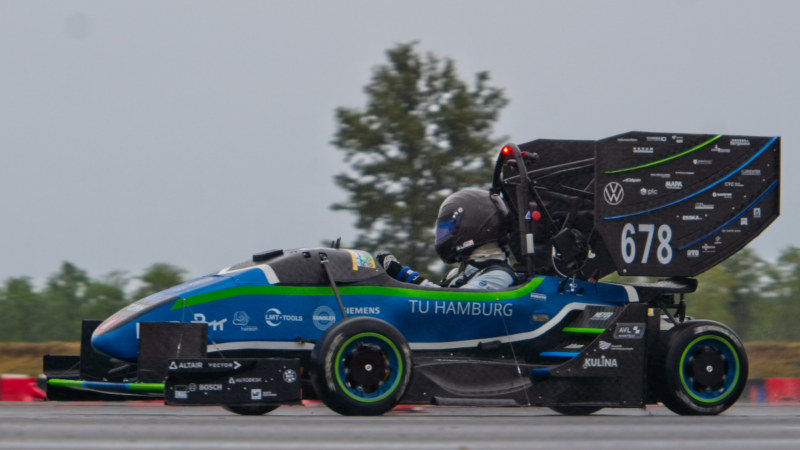„Incisions and insights“ on the head and throat – medtech engineers and medical practitioners in dialogue
(Stuttgart/Tübingen) – In January 2018, BioRegio STERN Management GmbH joined forces with the Stuttgart and Tübingen Inter-University Centre for Medical Technology (IZST) and the Verein zur Förderung der Biotechnologie und Medizintechnik e. V. (Society for the Promotion of Biotechnology and Medical Technology) to organise the third workshop for medtech engineers in the „Incisions and insights“ series. Medical practitioners from the fields of ophthalmology, diagnostic and interventional neuroradiology, ENT, hand, plastic, reconstructive and burn surgery, mouth, jaw and facial surgery and neurosurgery were at the operating table in Tübingen to focus on the head and the throat.
The workshop with live streaming of three operations followed by practical exercises at different locations in the operating theatre of the Institute of Clinical Anatomy and Cell Analysis brought together a number of relevant disciplines in each case. Various details were shown using both endoscopic and open surgery on the anatomical specimen. The invited engineers from leading medtech companies avidly followed the surgeons‘ lively discussions on operating techniques and procedures. The participants were themselves then able to change places with the surgeons working on the anatomical specimen to develop new ideas for instruments and methods.
The event once again featured extremely high-profile individuals, including several medical directors and senior consultants from the University Hospital of Tübingen and Klinikum Stuttgart – Prof. Dr. Ulrich Bartz-Schmidt, Medical Director of the University Eye Hospital in Tübingen, Prof. Dr. Adrien Daigeler, Medical Director of the BG Trauma Clinic in Tübingen for Hand, Plastic, Reconstructive and Burn Surgery, Prof. Dr. Ulrike Ernemann, Medical Director of Diagnostic and Interventional Neuroradiology in Tübingen, Prof. Dr. Florian Gekeler, Medical Director of the Ophthalmic Clinic at Klinikum Stuttgart, Prof. Dr. Dr. med. Michael Krimmel, Senior Consultant at the University Department of Mouth, Jaw and Facial Surgery, Prof. Dr. Hubert Löwenheim, Medical Director of the University Hopsital Department of Otolaryngology, Prof. Dr. Arnulf Stenzl from the University Hospital Department of Urology and the Stuttgart and Tübingen Inter-University Centre for Medical Technology (IZST), and Prof. Dr. Marcos Tatagiba from the University Hospital Department of Neurosurgery.
Prof. Dr. Bernhard Hirt, Director of the Institute of Clinical Anatomy and Cell Analysis, both hosted and chaired the workshop and welcomed the guests in the auditorium as well as the numerous medical practitioners and students linked via live stream with the following words: „For the third time, we’d like to use this opportunity to actively encourage an intensive exchange of information and ideas between medical specialists and technical experts. We’d like to see the key players from the medtech sector go back to their companies with new ideas and approaches for developing and enhancing instruments and equipment.“
The endoscope – despite the „extra pair of eyes“, the surgeon still has only one hand free
The topic of visualisation using an endoscope, microscope and exoscope attracted high levels of interest in particular. During the live surgery, a malignant tumour was removed from an anatomical specimen. The tumour was in an awkward position in the centre of the skull, which presented the surgeon with the question of access. „The endoscope has become increasingly popular and the quality is already very high. Nevertheless, the camera and the streaming process need to be improved further,“ he explained to the audience. He sees a real shortcoming in handling the equipment. „If I use a microscope, I have two hands free for the operation. If I use an endoscope, I then only have one hand available. The endoscope also needs to be cleaned continuously, which is where a screen wiper system would be useful.“ A surgeon assisted by a robot and high-resolution video technology for the endoscope – 3D endoscopy is the current standard – could resolve this dilemma. Many surgeons already use a combination of microscope and endoscope to have the „best of both worlds“. The endoscope is replaced by the exoscope for a range of indications, particularly for surface tumours. The exoscope is not inserted into the body but can be placed at a distance to illuminate and visualise the operating area more effectively.
The time lag
The medical professionals definitely see room for improvement in the delay in transmitting the images to the monitor. The images lag behind significantly, particularly when surgeons are working quickly, which may lead to vascular trauma in some cases. Another problem with visualisation using the endoscope is that, although the surgeon can enter deeper areas and easily identify the images transmitted from those areas, he does not see any image of the end of the endoscope and its immediate surroundings. This lack of an overview, the thickness of the instrument and the limitations of the working channels constantly present challenges for surgeons in their everyday work.
Light and shade
Correctly illuminating operating areas for both endoscopic and open surgery was a topic that all the surgeons considered to be fundamentally important. This is because light plays a key role in medical technology and planning of operations. Well-lit areas without unnecessary heat generation simplify work, enhance reliability and reduce potential sources of error. Surgeons and medtech engineers thus focused their discussions in particular on the adaptability of LED lights, hygiene standards and the shadow effect of certain lamps. They commented that, although the microscope illuminates the surrounding area well, it becomes very hot in doing so. The endoscope also offers both advantages and disadvantages, according to one of the medical directors: „I can go in a long way, it lights up the site, but also produces shadows.“ Having several homogeneous light sources on the endoscope or new light sources on the sucker could be a possible solution.
So far, many surgeons have used headlamps, especially in ENT, plastic surgery and ophthalmology. Foerster glasses, developed over 50 years ago and also referred to by professionals as „Tübingen necklaces“, are a popular and robust diagnostic instrument inside and outside the operating theatre and are now equipped with LEDs.
The operating table
During the live operation in which a transplant made of resorbable material was inserted onto the root of a nose, the surgeons complained in particular about the tangled cables around the table. „They’re real tripping hazards,“ said one. „As a surgeon, it annoys me in the extreme. Here I’ve got cables, foot pedals and optical equipment, plus a full table. I think it’s awful the way I have to work here. It must be possible to find a remedy. This is where we need the product developers.“ He imagined a cable-free workplace and battery-operated instruments as a solution.
Extremely interesting and absolutely essential
Following the live operations, the representatives of the medtech companies came together with the surgeons in small groups and discussed solutions. For example, Blakesley nasal cutting forceps made of nitinol, a nickel-titanium alloy, with „shape memory“. The surgeon is able to adapt these forceps to the patient’s individual anatomy. They regain their original shape after heat sterilisation thanks to the thermal shape memory effect. These forceps are already a great success in China. In Germany, marketing is rather sluggish, as the product is four times the cost of standard nasal cutting forceps. The representative of an SME equipment manufacturer from the region explained that, for the medtech engineers, direct feedback from the surgeons is particularly important: „Nothing compares to personal communication with specialists. This is where I get ideas and already start working on the solution in my head. It’s only in practical situations that you can find out exactly what surgeons really need. This in itself makes this event something special.“ This view is shared by Dr. Klaus Eichenberg, co-organiser and Managing Director of BioRegio STERN Management GmbH: „An event like ‚Incisions and insights‘ doesn’t exist in this form anywhere else. Eight medical directors from a wide range of specialist fields talk in direct terms about medical needs in the operating theatre. We continually receive feedback saying that this format is not only extremely interesting but also absolutely essential.“
About BioRegio STERN Management GmbH:
BioRegio STERN Management GmbH promotes economic development in the life sciences industry, helping to strengthen the region as a business location by supporting innovations and start-up companies in the public interest. It is the main point of contact for company founders and entrepreneurs in the Stuttgart and Neckar-Alb regions, including the cities of Tübingen and Reutlingen.
The STERN BioRegion is one of the largest and most successful bioregions in Germany. Its unique selling points include a mix of biotech and medtech companies that is outstanding in Germany and regional clusters in the fields of automation technology and mechanical engineering.
Company-Contact
BioRegio STERN Management GmbH
Klaus Eichenberg
Friedrichstrasse 10
70174 Stuttgart
Phone: +49 (0)711-870354-0
E-Mail: info@bioregio-stern.de
Url: http://www.bioregio-stern.de/en
Press
Zeeb Kommunikation GmbH
Anja Pätzold
Hohenheimer Strasse 58a
70184 Stuttgart
Phone: +49 (0)711-6070719
E-Mail: info@zeeb.info
Url: http://www.zeeb-kommunikation.de

